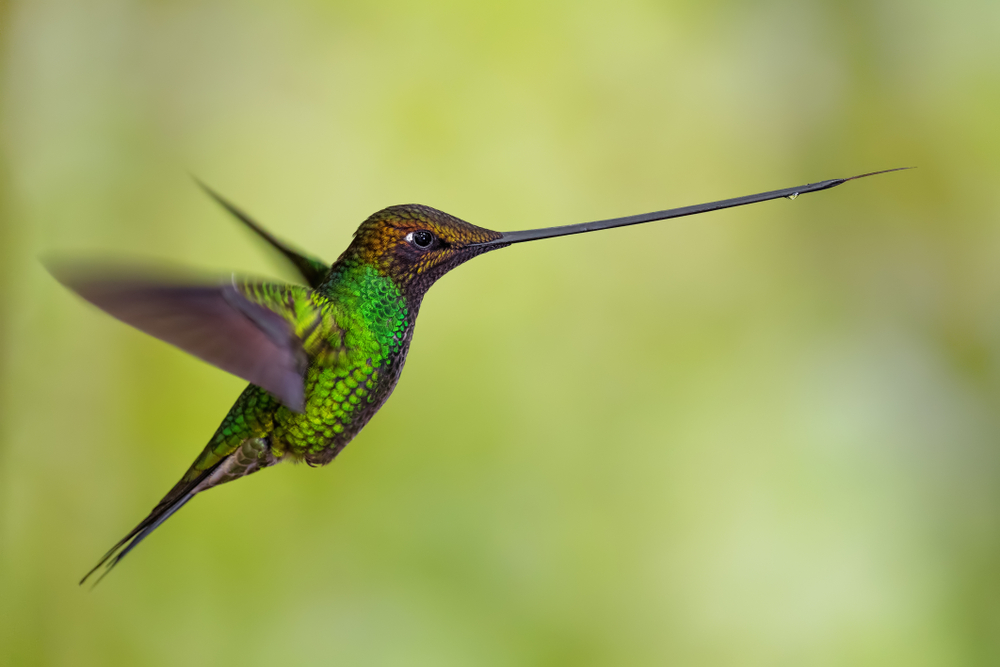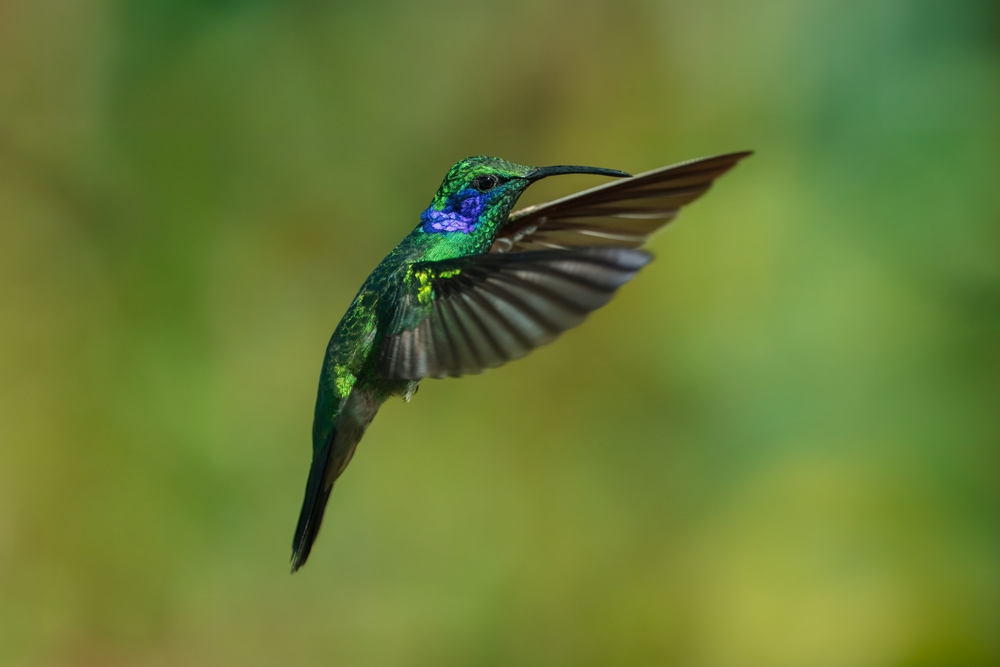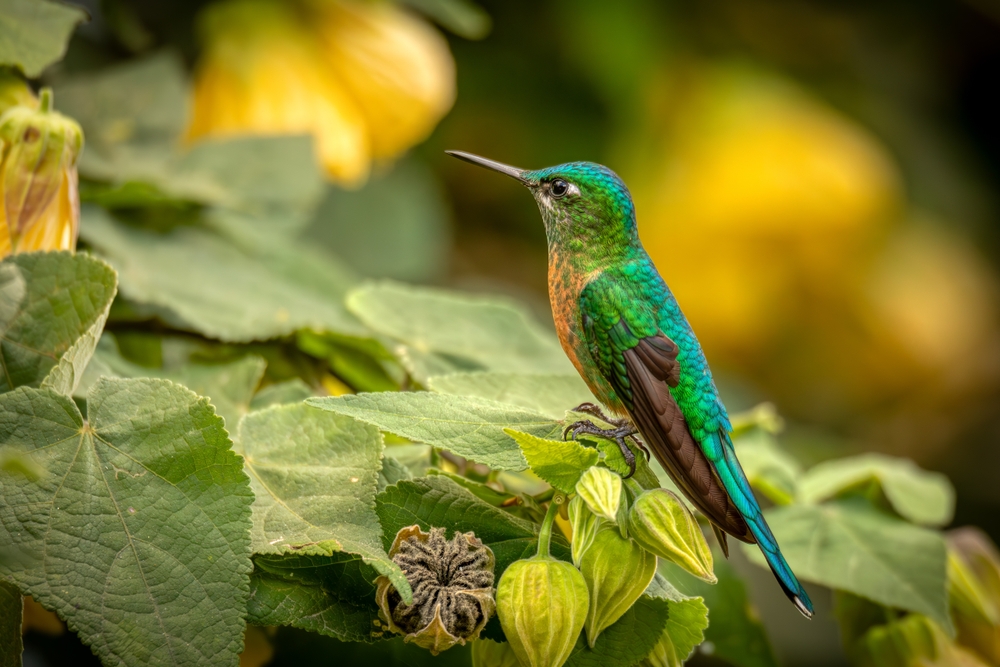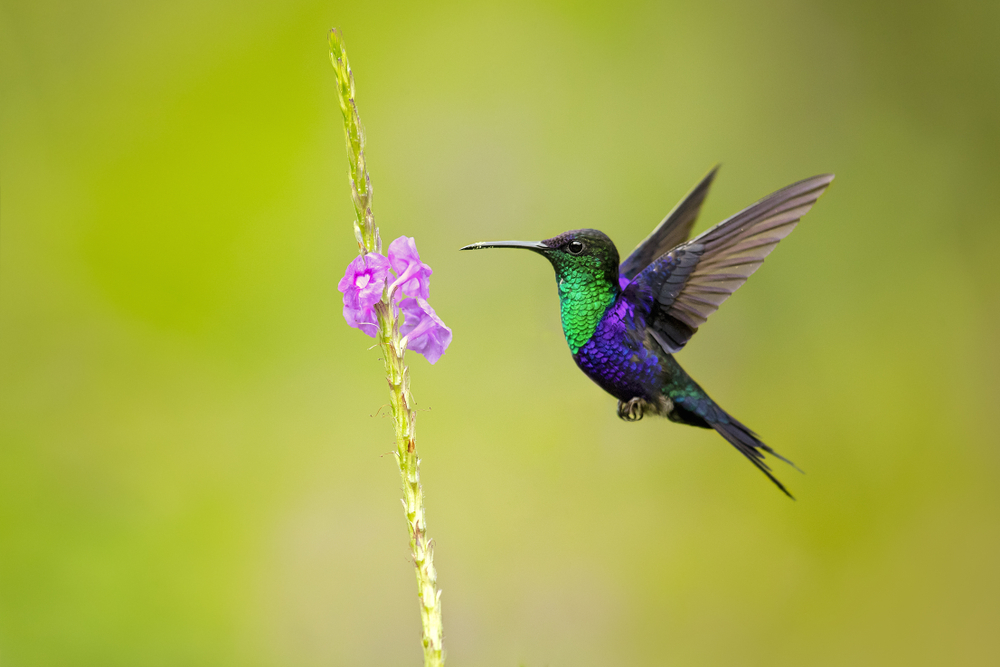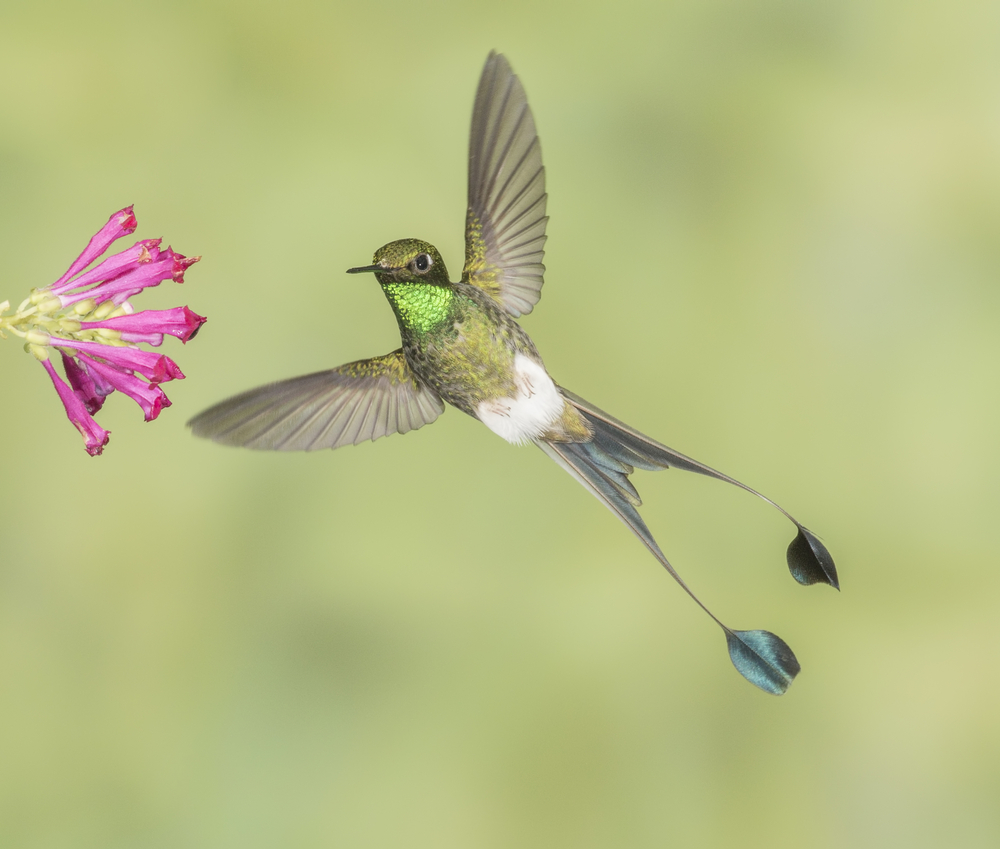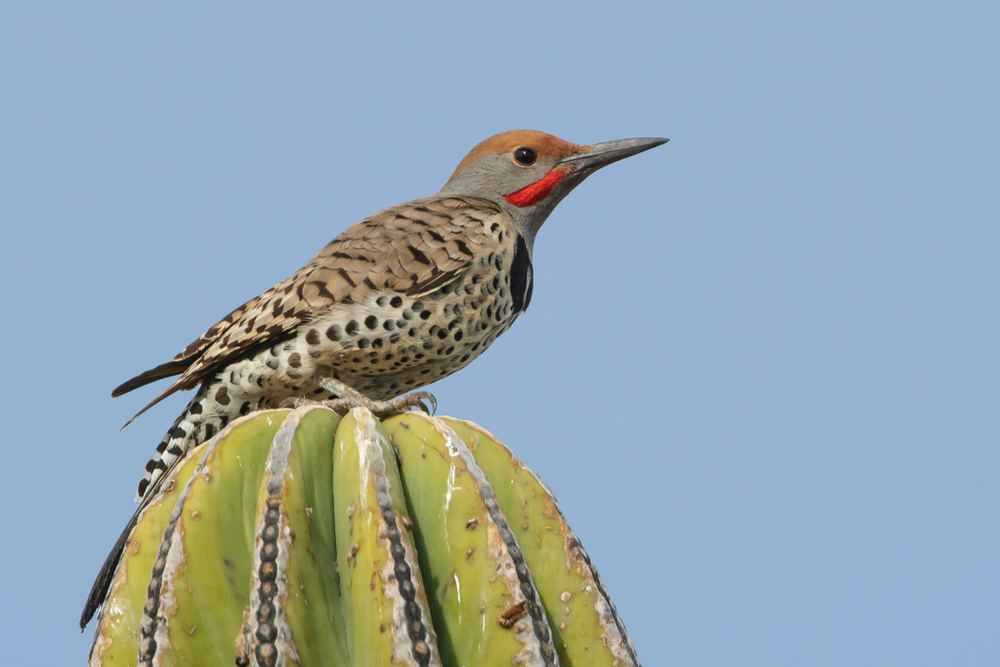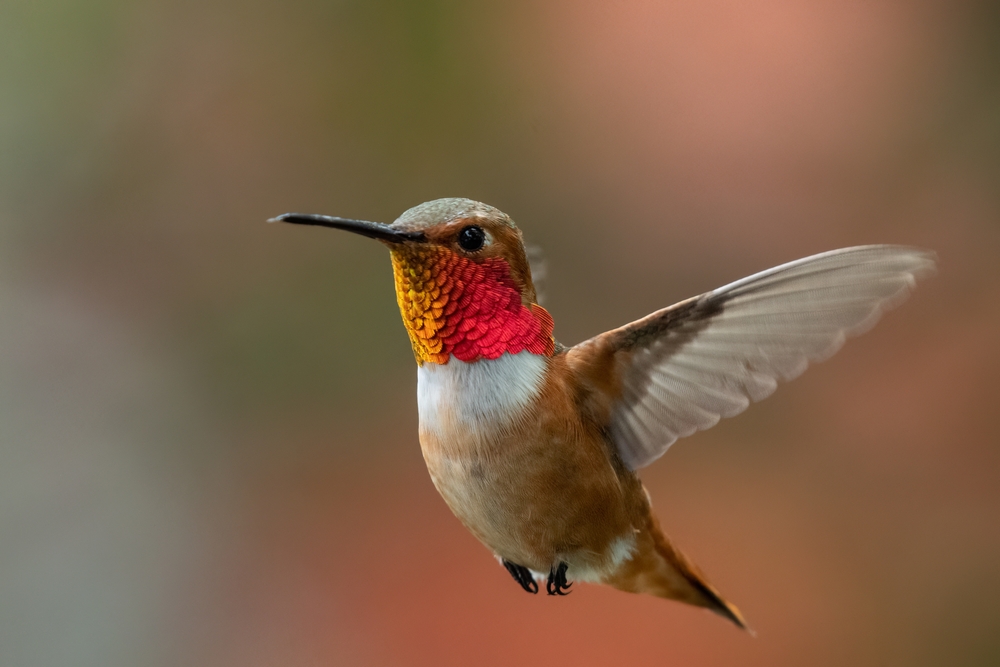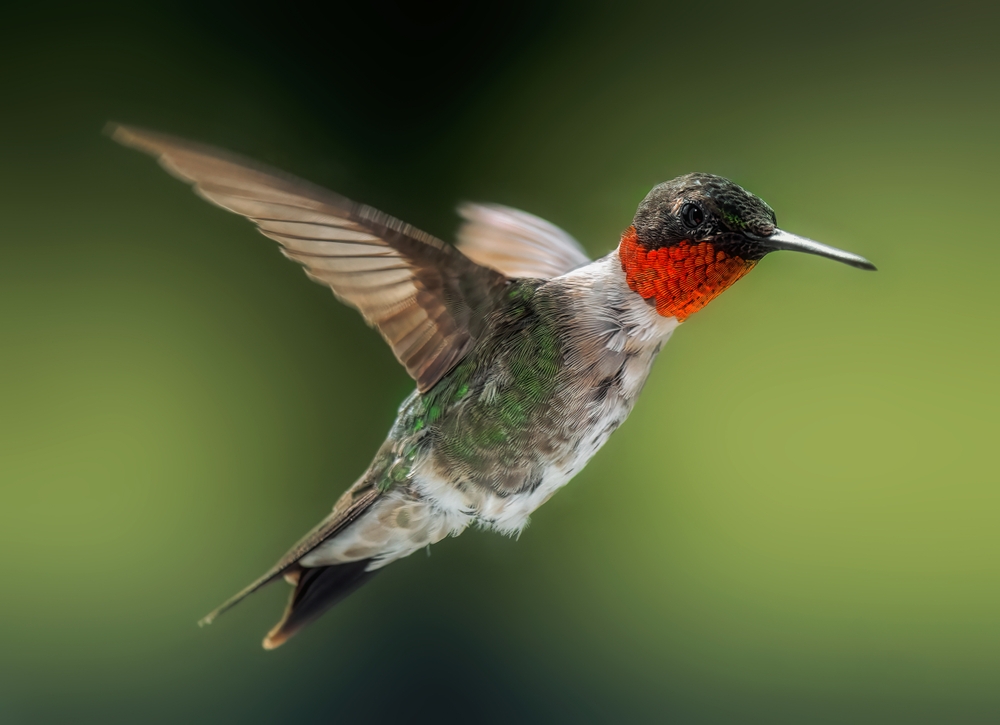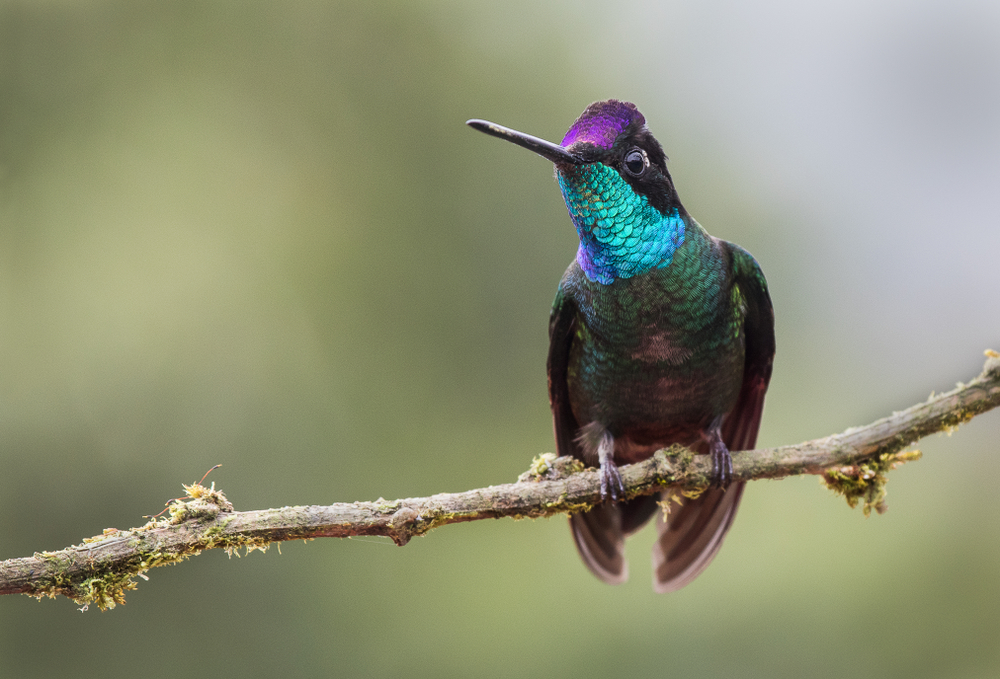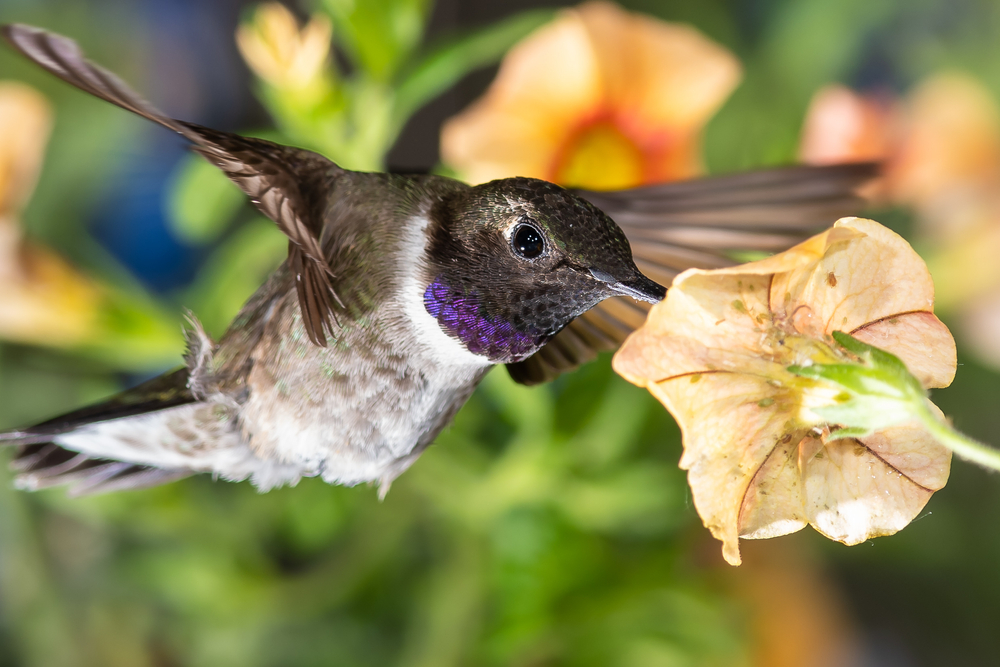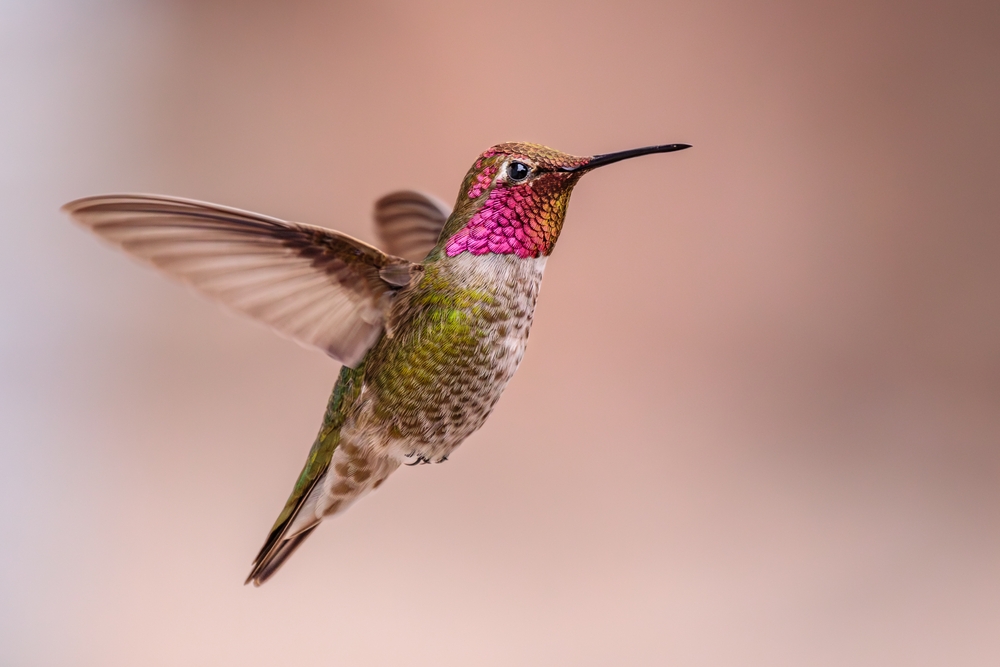Genetically, its closest relative is the Great Sapphirewing (Pterophanes cyanopterus). Modern phylogenies place Ensifera (sword-bill) and Pterophanes (sapphirewing) as sister lineages, with an estimated split ~11.6 million years ago.
About
The Sword-billed Hummingbird (Ensifera ensifera) is one of the most extraordinary members of the family Trochilidae, native to the high Andes of South America. Found from Venezuela and Colombia south through Ecuador, Peru, and Bolivia, it inhabits montane forests, cloud forests, and páramo habitats, usually at elevations between 1,700 and 3,500 meters (5,600–11,500 ft). This species is instantly recognizable due to its incredible bill, which is longer than the rest of its body.
Measuring 14–15 cm (5.5–6 in) in body length but with a bill up to 10–11 cm (4–4.5 in), the Sword-billed Hummingbird is uniquely adapted to feed on long, tubular flowers such as passionflowers and brugmansia. Its specialized bill allows it to reach nectar inaccessible to other hummingbirds, making it an important pollinator for certain Andean plants. To manage such a long bill, it preens using its feet rather than its beak, an unusual behavior among birds.
The plumage of the Sword-billed Hummingbird is striking yet elegant. Both sexes are primarily green above with golden-green iridescence and a grayish chest, while males often show a glittering green throat. The long, straight bill projects dramatically forward, giving the bird a distinctive silhouette in flight.
Its diet consists mainly of nectar, but like all hummingbirds, it also consumes small insects and spiders for protein. While feeding, it hovers gracefully, often visiting the same flowers repeatedly and aggressively defending territories rich in nectar sources.
Breeding occurs in the Andean wet season, with the female alone building a small cup-shaped nest of moss, lichens, and spider silk, usually attached to sheltered branches. She lays two small white eggs and raises the chicks without male assistance.
Although not globally threatened, the Sword-billed Hummingbird depends on intact montane forests. Its astonishing bill and role as a specialist pollinator make it one of the most iconic and fascinating hummingbirds of the Andes.
Physical Characteristics
The Sword-billed Hummingbird (Ensifera ensifera) is a remarkable species distinguished by its extraordinary bill and elegant form.
Bill: This hummingbird has the longest bill relative to body size of any bird in the world. Its straight, sword-like bill can measure up to 4 in (10 cm), often longer than the bird’s body.
Plumage: Males display shimmering green upperparts with bronzy tones, while their underparts are grayish to white. Females have similar coloration but are less iridescent.
Head: Both sexes have a small, rounded head with a dark crown, giving sharp contrast to their metallic green body.
Body: The body is slender and streamlined, adapted for hovering flight. Their long wings beat rapidly, enabling precise maneuverability.
Tail: They possess a relatively long, slightly forked tail that aids in balance while hovering.
Size:
-
Length: 5.1 to 5.5 in (13 to 14 cm) excluding the bill
-
Bill Length: up to 4 in (10 cm)
-
Weight: 0.3 to 0.4 oz (8 to 12 g)
The Sword-billed Hummingbird’s unique bill allows it to feed from flowers with long corollas that are inaccessible to other hummingbirds, making it a specialized and visually striking bird.
Reproduction
The reproductive cycle of the Sword-billed Hummingbird (Ensifera ensifera) follows the general patterns of hummingbirds but has adaptations for its high-altitude environment.
Mating and Courtship:
Males establish and defend territories around nectar-rich flowers. Courtship displays include hovering flights and vocalizations. The male does not participate in nesting or chick-rearing.
Nesting:
Females build small, cup-shaped nests made of plant fibers, moss, and spider silk. Nests are typically attached to branches or sheltered vegetation, often well-camouflaged.
Eggs:
The female lays 2 small, white eggs. Each egg measures about 0.5 in (1.3 cm) in length and weighs roughly 1 g.
Incubation:
The incubation period lasts about 15 to 19 days. The female alone incubates the eggs, leaving briefly to forage.
Chick Development:
Chicks hatch blind and featherless. The mother feeds them regurgitated nectar mixed with small insects for protein.
Fledging and Independence:
Young Sword-billed Hummingbirds fledge at around 20 to 26 days of age. They remain dependent on the mother for several days before becoming fully independent and dispersing.
The reproductive strategy of the Sword-billed Hummingbird, with its small clutch size and high maternal investment, reflects the delicate balance of survival in its specialized ecological niche.
Lifespan
Lifespan
The Sword-billed Hummingbird (Ensifera ensifera) is a high-altitude specialist, and its lifespan is shaped by environmental conditions, predation, and energy demands.
Lifespan in the Wild:
In their natural habitat across the Andes, Sword-billed Hummingbirds live an average of 5 to 7 years. Harsh weather, high metabolic rates, and predation by larger birds often limit longevity.
Lifespan in Captivity:
When kept under controlled conditions with reliable food and protection from predators, they may live up to 9 to 10 years. However, this species is rarely maintained in captivity due to its specialized bill and feeding needs.
Threats to Survival:
-
Predation: Vulnerable to raptors, snakes, and larger birds.
-
Habitat Change: Deforestation and loss of native flowers threaten their food supply.
-
Energetic Demands: Their fast metabolism and reliance on long-tubed flowers make them highly sensitive to food scarcity.
-
Climate Change: Shifts in flowering seasons at high altitudes may disrupt food availability.
The Sword-billed Hummingbird’s survival depends on stable ecosystems and the preservation of its specialized nectar sources, making conservation of Andean cloud forests essential for its long-term persistence.
Eating Habits
The Sword-billed Hummingbird (Ensifera ensifera) has one of the most specialized diets among hummingbirds, perfectly adapted to its extraordinary bill.
Diet:
It feeds primarily on nectar from long, tubular flowers, especially Passiflora (passionflowers), Datura, and other high-altitude blooms. It also consumes small insects and spiders to supplement protein.
Feeding Strategy:
The bird hovers in front of flowers, inserting its long bill deep into corollas that most other hummingbirds cannot reach. This reduces competition for nectar sources.
Bill Adaptation:
Its bill, often longer than its body, is uniquely adapted for reaching hidden nectar. The tongue extends far into the flower and acts like a straw to draw nectar.
Pollination Role:
As it feeds, pollen collects on its head and throat, making it a vital pollinator of many Andean plants that rely exclusively on this species for reproduction.
Energy Demands:
Like all hummingbirds, it has an extremely high metabolism, requiring it to visit hundreds of flowers daily. To conserve energy at night, it enters a state of torpor, lowering body temperature and slowing metabolism.
The Sword-billed Hummingbird’s feeding habits highlight its role as both a nectar specialist and an essential ecological partner for Andean flora.
Uniqueness
The Sword-billed Hummingbird (Ensifera ensifera) is one of the most extraordinary birds in the world, distinguished by its unmatched bill and ecological role.
World Record Bill:
It is the only bird whose bill is longer than its body, measuring up to 4 in (10 cm). This adaptation allows it to access flowers no other hummingbird can reach.
Specialized Pollinator:
Many Andean flowers have evolved to depend exclusively on this species for pollination. Its unique relationship with long-tubed flowers demonstrates one of the clearest examples of co-evolution in nature.
High-Altitude Specialist:
Found at elevations of 1,700 to 3,500 m (5,600 to 11,500 ft) in the Andes, it thrives in cloud forests where few other hummingbirds can dominate nectar sources.
Flight Challenge:
Its long bill makes preening difficult. To solve this, it uses its feet to groom—a behavior uncommon in hummingbirds.
Rare and Iconic:
The Sword-billed Hummingbird’s striking appearance and ecological importance make it a symbol of Andean biodiversity. Birdwatchers prize sightings of this elusive species.
The Sword-billed Hummingbird’s unmatched morphology, ecological partnership with plants, and rare high-altitude adaptations make it one of the most unique hummingbirds on Earth.
Be the First to Share Photos of This Species.
FAQ’s
1. What species is closest to the Sword-billed Hummingbird?
2. How does the Sword-billed Hummingbird compare to other hummingbirds?
How does the Sword-billed Hummingbird compare to other hummingbirds?
-
Bill & feeding: It’s the only bird whose bill is longer than its body (bill ~8–12 cm), letting it specialize on very long, tubular flowers (e.g., Passiflora mixta); it often trap‑lines rather than defending a single patch.
-
Grooming: Unlike other hummers that preen with the bill, sword-bills use their feet to preen because the bill is so long.
-
Size & range: Among the larger hummingbirds (but smaller than the Giant Hummingbird), typically found at 1,700–3,500 m in Andean cloud forests and páramo.
3. What national parks provide the best opportunities for seeing a Sword-billed Hummingbird?
What national parks provide the best opportunities for seeing a Sword-billed Hummingbird?
-
Los Nevados National Natural Park, Colombia — Regular at high‑elevation sites like Termales del Ruiz; multiple tour reports and photographs document sword-bills here.
-
Chingaza National Natural Park (and buffer), Colombia — Seen in the park’s high Andean habitats and nearby sites such as Finca Suasie on the park’s edge.
-
Cayambe‑Coca National Park, Ecuador — Especially around Papallacta and the park entrance road; local guides frequently note sword-bills here.
-
Podocarpus National Park, Ecuador — Part of Ecuador’s top hummingbird circuits where sword-bills are a noted draw.
-
Manu National Park (Manu Road area), Peru — Commonly encountered at feeders near Wayqecha in the Manu Biosphere Reserve corridor along the park road.



































































